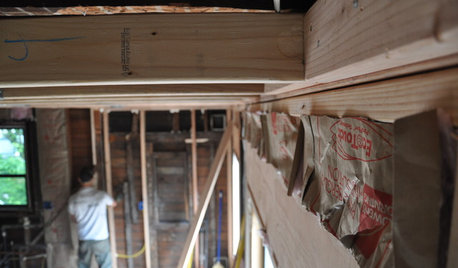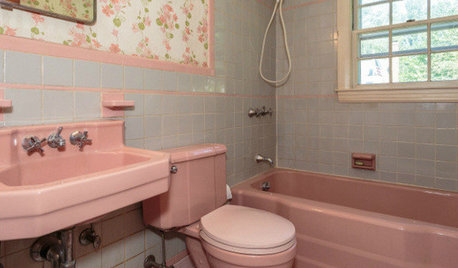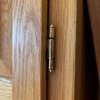Chimney crown re-mortar bid - overcharged?
andrewm1
10 years ago
Featured Answer
Comments (14)
randy427
10 years agolive_wire_oak
10 years agoRelated Professionals
Vienna Handyman · Boca Raton Kitchen & Bathroom Remodelers · Eagle Kitchen & Bathroom Remodelers · Shaker Heights Kitchen & Bathroom Remodelers · Ames General Contractors · Aurora General Contractors · Eau Claire General Contractors · Linton Hall General Contractors · Bothell Painters · Champaign Painters · Needham Painters · Poway Painters · Roswell Painters · Spartanburg Painters · Torrance PaintersJoseph Corlett, LLC
10 years agoJoseph Corlett, LLC
10 years agoandrewm1
10 years agorandy427
10 years ago_sophiewheeler
10 years agoandrewm1
10 years agoandrewm1
10 years agoenergy_rater_la
10 years agohhumme
10 years agoJoseph Corlett, LLC
10 years agoVertise
10 years ago
Related Stories

REMODELING GUIDESContractor Fees, Demystified
Learn what a contractor’s markups cover — and why they’re worth it
Full Story
GREAT HOME PROJECTSHow to Remodel Your Fireplace
Bring your fireplace design up to snuff with this makeover lowdown
Full Story
REMODELING GUIDESOriginal Home Details: What to Keep, What to Cast Off
Renovate an older home without regrets with this insight on the details worth preserving
Full Story
FIREPLACESWhat Goes With a Redbrick Fireplace?
Play up or tone down your redbrick fireplace by pairing it strategically with other colors and materials
Full Story
Houzz Call: Show Us Your Paint Makeovers
Let your newly repainted house or room do the "How d'ya like me now?" strut right here — it might just be featured in an upcoming ideabook
Full Story
MOST POPULARSo You Say: 30 Design Mistakes You Should Never Make
Drop the paint can, step away from the brick and read this remodeling advice from people who’ve been there
Full Story
DECORATING GUIDESThe Case for the Anti-Accent Wall
Go ahead, paint everything the same color (even the trim)
Full Story
GREAT HOME PROJECTSHow to Tear Down That Concrete Patio
Clear the path for plantings or a more modern patio design by demolishing all or part of the concrete in your yard
Full Story
BATHROOM COLOR8 Ways to Spruce Up an Older Bathroom (Without Remodeling)
Mint tiles got you feeling blue? Don’t demolish — distract the eye by updating small details
Full Story
GREEN BUILDINGInsulation Basics: Heat, R-Value and the Building Envelope
Learn how heat moves through a home and the materials that can stop it, to make sure your insulation is as effective as you think
Full StoryMore Discussions








_sophiewheeler